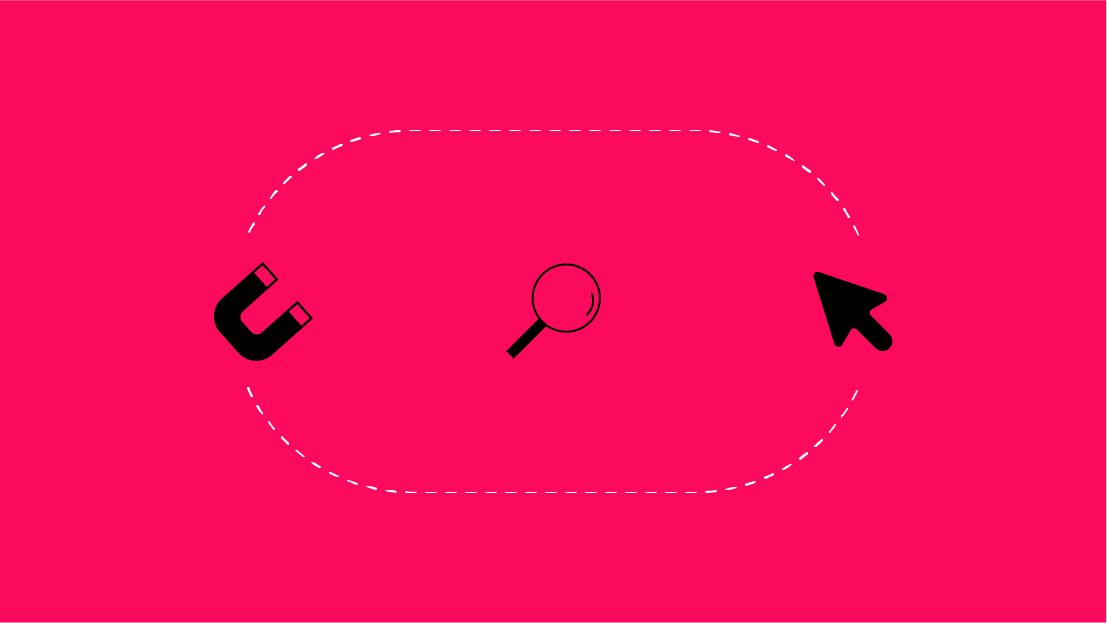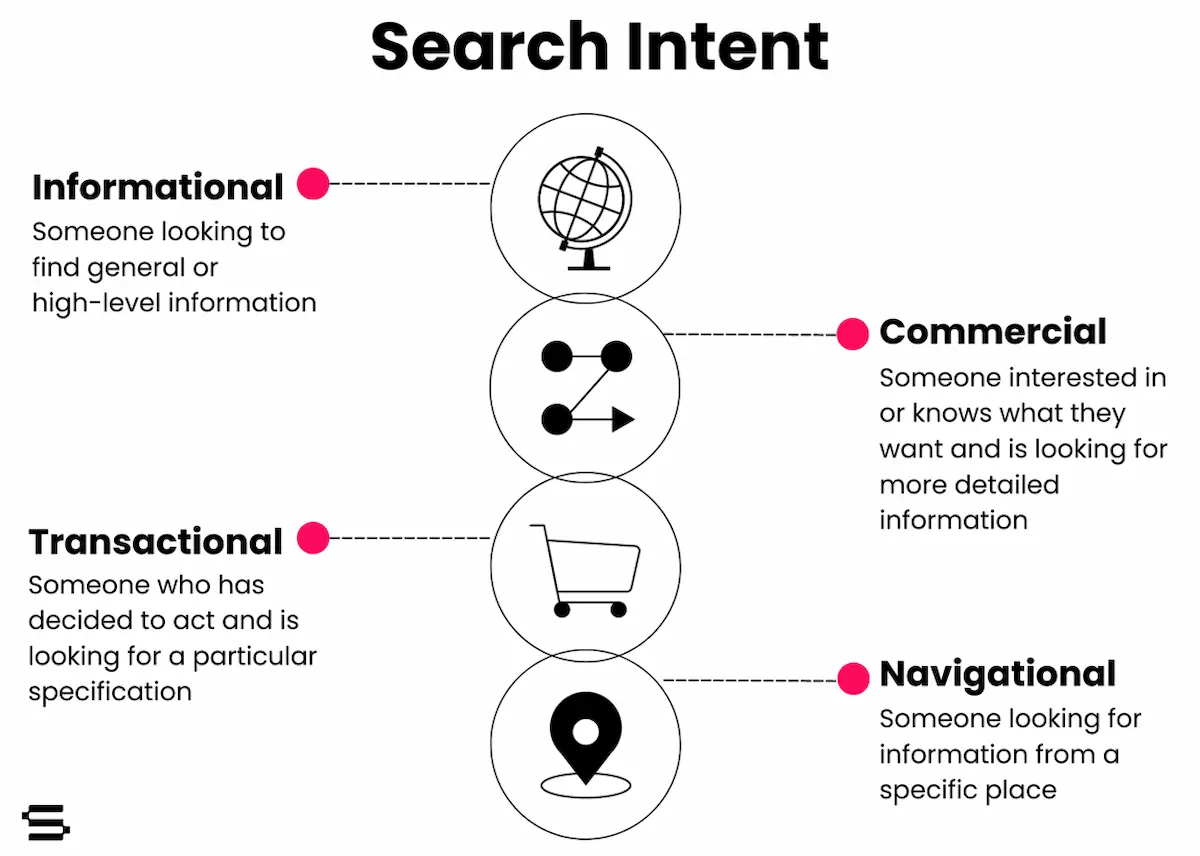It's the beginning of fall now in Philadelphia, and as the wind takes on a bit of a chill it can mean only one thing: budget season.
In a past life (waaaay back in 2006!) an old business partner and I ran a B2C company with offline conversions. Our marketing consisted of pay-per-click advertising, some real rough-and-ready SEO, outdoor advertising, in-store promotion, radio, email marketing, print advertising, and ad drops in Sunday newspapers. We also structured win-win deals with channel partners.
About this time of year, back then, was the annual guessing game around how much we should be spending on our marketing channels for the upcoming year.
We had access to rudimentary analytics, but at the end of the day, what to spend on each of our channels was a bit of a crap shoot: educated guesses at best based on past practice, a modicum of data, and many rules of thumb.
To link sales to spend, we relied on our sales folks asking customers the classic, "how did you hear about us". Messy data is an understatement. Many folks simply said "website" (essentially last touch for attribution purposes in our case), or "not sure". Often, the salesperson simply forgot to ask. We really had no idea what was driving what, and I truly believed that half of what we were spending was wasted (yes, just like the famous quote).
Since SEER's Analytics event at the Search Church back in August, I've been thinking about what I would do differently with modern tools such as Google Analytics. Well, since time machines don't yet exist, the best I can do is share some of those insights with you. And as you make your budget decisions, there is no time like the present!
Billboards and Radio
I remember negotiating with an independent outdoor advertising company and the old guy doing sales for them said to me, "Kid, when you run outdoor you should always pair it with radio." Fair enough. So we ran billboards with radio spots. We picked our locations with care (so we thought), got the creative right.
But what did both our outdoor ads and the radio spots need? Vanity URLs with a redirect to the homepage! Something like this:
www.ACMECO.com/fun
If someone saw the billboard or heard the jingle and radio spot and remembered the URL (and it's got to be dead simple) and typed it in, I could track traffic to the website coming from my radio and billboard campaigns in Google Analytics. If I wanted to get really fancy, I could keep www.ACMECO.com/fun for the billboards and create a separate one for my radio spots:
www.ACMECO.com/102jams
Maybe at each website destination the customer can print a coupon with a barcode (more on that in a moment) to tie off-line product sales directly to the billboard and radio campaigns.
Email Marketing
About once a month we sent an email blast to about 10,000 people. The emails contained products we were featuring that month, along with specials, etc. From our email provider we got back basic data on emails sent, emails delivered, emails opened and so on. In the emails were links to various product pages on the website.
By tagging the links in the emails themselves, I could track how much traffic came from which links in the email, directly in Google Analytics. I could then experiment with the creative and CTAs, and other elements to improve click through rates. I could also invite prospects to print out a coupon to be redeemed if he or she ultimately purchased a product. This too would link the online promotion to an off-line sale.
Daily Drive-Up Traffic
We had a single physical location with car parking for maybe 50 cars, and we knew that there was one potential sale per car. Getting a basic feel for "how we were doing", on any given day, was maddeningly anecdotal. Invariably it came down to a gut feel based on how many cars we saw going in and out and how many cars were in the spots. It would be great to know how many cars were "on the lot", right?
Well, to count the cars I could install a motion sensor at the main entrance to the parking lot connected to the Internet and Google Analytics using Universal Analytics and the Measurement Protocol. It's a concept that SEER's analytics team has been experimenting with.
Taking care to divide the count by two (for cars going in and out), I'd get a daily count of potential customers to track before and after on-site promotions.
[Historical note: when we tried to measure car traffic back then we did filtering too--we asked our employees to park in a different lot so it didn't screw up our counts!]
On-Site Promotions
Twice a year we threw a tent up, had music and on-air personalities from the radio station, and served hot dogs and fixings. They were typically well attended, but who knew if anyone eventually bought anything (remember: How did you hear about us? Um...Internet?).
We did some basic tracking: if anyone expressed interest we captured that, and we gave out coupons that they could bring back and redeem. This worked, but it was messy. Folks forgot to bring their coupons later, and even if they did, we didn't always track when we received them, and sometimes we misplaced them. Like asking customers how they heard about us, keeping a handle on those redeemed coupons was a chore. Maybe send visitors to another vanity URL? That's one way to do it:
www.ACMECO.com/springpromo
But another, cheap and easy way is to print a promotion-specific barcode on a batch of coupons, may be good for a simple, meaningful product the customer can receive upon completion of purchase. Then, when the customer brings in his or her coupon at the last part of the sales process, I could have someone on the team scan the barcode with a phone app. Each scan could update a Google Doc with the scan code and a time stamp. More clever still would be to connect a barcode scanner directly to Google Analytics using Universal Analytics.
Is this still somewhat messy? Sure--the customer could still forget to bring in the coupon--but even a little clean data that automatically tracks results for each promotion would be great.
Channel Partner Promotions
About six times a year we held promotions with channel partners at their facilities. It would have been great to know how many customers eventually wandered over to our shop to buy after first seeing us at our partner. Again, we used printed coupons and they worked fairly well, but it was a pain to evaluate which channel partner generated more sales for us. Now, if I could hand these partners a stack of barcoded coupons to hand out, I'd be able to track them in Google Analytics, via a vanity URL such as www.ACMECO.com/partnername, and/or at point of purchase via the phone app.
Newspaper Inserts
We did Sunday newspaper inserts several times a year with a nice promotional piece. This would be perfect for another vanity URL. Here, we could be more liberal with the URL naming as, presumably, the customer would have the promo in his or her hand when they entered the URL into their browser:
www.ACMECO.com/biglocalpaper3
Why would the customer enter that URL versus just going to the homepage? Well, maybe there is a promo code there that the customer can use to receive a special offer. Again, with the customers going to the website via a special URL I could track website traffic from the newspaper drop. With a promo code or printed coupon with a barcode, I could tie actual sales directly a specific newspaper drop. Is it perfect? Nope. But is it better than how did you hear about us? Um...Newspaper? You bet!
Making Decisions Using Data
Now, suppose I could go back in time and do all of this stuff. What could I do with the data? Back then, so much of our decision making was based on anecdotal evidence and casual observation. We had access to a little bit of data, but nothing close to what we can get today, at least not at today's prices.
What decisions could I go back and make with more confidence?
- Email Marketing -- By tracking individual link traffic to the website, I could experiment with copy, promotions and creative
- Billboards -- I could test which billboard locations drove the most traffic and lead to sales; I could also optimize the copy and creative on the billboards
- Radio -- I could determine which radio stations drove the most traffic and sales, and shift the radio budget accordingly
- Daily Drive-Up Traffic -- I could use daily on-site car traffic as a KPI. I could shift funds to marketing channels that can yield the greatest results
- On-Site Promotions -- I could test which promotions led to the most visits to the store and ultimately to sales
- Channel Partner Promotions -- I could determine which channel partners were the most revenue producing, and shift more resources to them, and/or research how to increase the yield of the others
- Newspaper Inserts -- By measuring website traffic and sales, I could determine which newspaper had the best ROI
Maybe I'd discover that Newspaper Inserts have a fantastic ROI, but that sales occur with a lag. Or maybe that Billboard ROI is lower than Radio, but is zero if there is no radio running (just like the old billboard salesman said!). Bottom line, I'd be a little closer to knowing which half of my marketing budget was being wasted.
Wish you could travel back to yesteryear with what you've learned about measuring online and offline channels? What would you try? Tell me about it in the comments below, and if you'd like to learn more about SEER's analytics services, click here and give us a shout!


